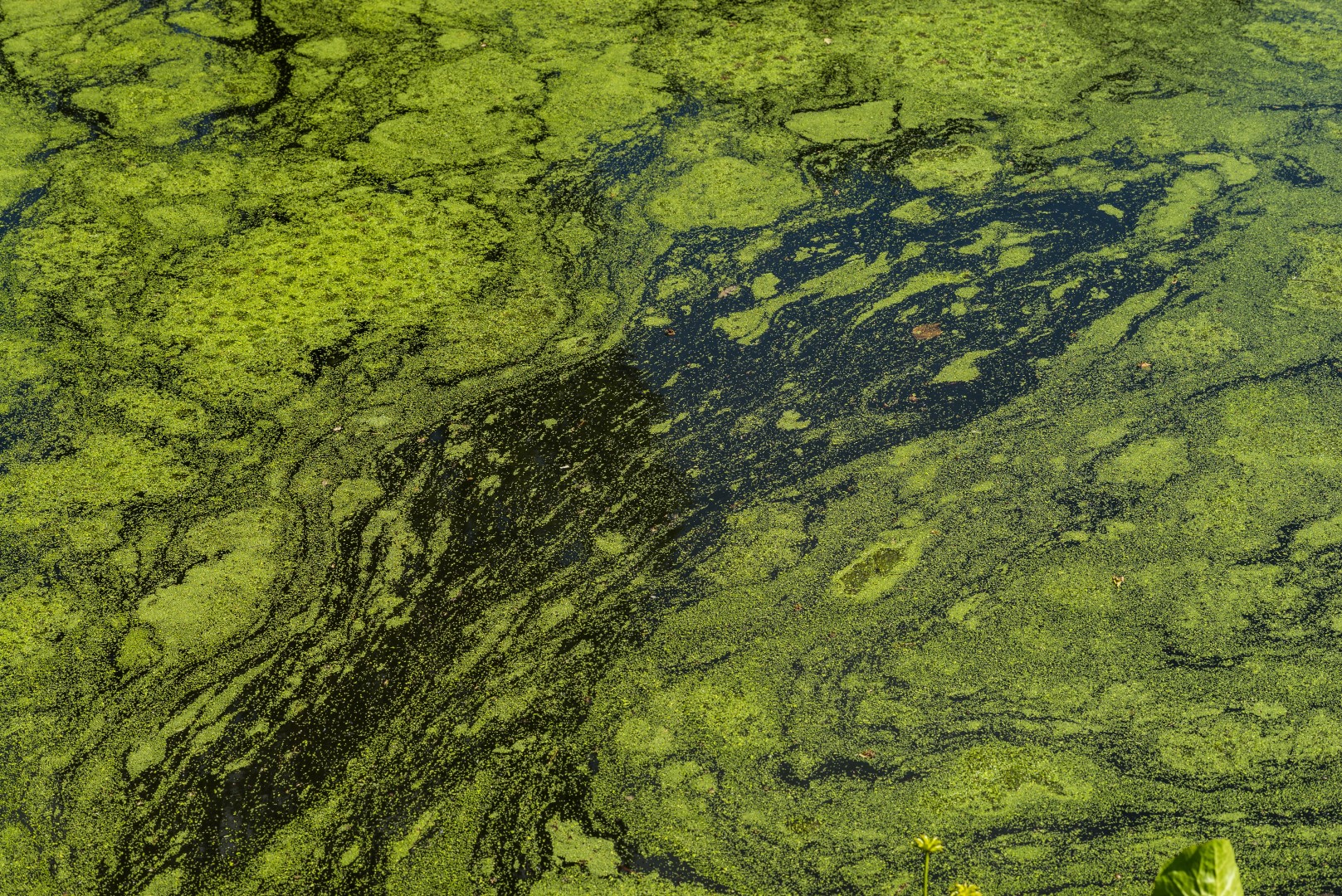
Gov. Ron DeSantis says the state will spend $5.2 million to study water quality in Lake Okeechobee, with the intent to cut down on harmful algal blooms.
That money will be shipped to the South Florida Water Management District (SFWMD) and Florida Atlantic University’s (FAU) Harbor Branch Oceanographic Institute (HBOI).
“The two grant recipients will be using the funding to implement enhanced nutrient removal technologies, water quality monitoring and data sharing and work to improve the relationship between environmental conditions and nutrient dynamics in Lake Okeechobee,” a Tuesday release from the Governor’s office read.
“Lake Okeechobee continues to be at the center of many discussions surrounding water quality in Florida, and rightfully so,” DeSantis added in a statement.
“Lake Okeechobee has far reaching impacts on Florida’s natural resources. The allocation of more than $5 million in grant funding will ensure our state’s environmental leaders can continue enhancing our ability to monitor and protect water quality and marine life for years to come.”
The funding recommendation comes from the Department of Environmental Protection’s (DEP) Blue-Green Algae Task Force (BGATF).
“As the largest lake in the southeastern United States, Lake Okeechobee serves as a vital component of our ecosystem,” said DEP Secretary Noah Valenstein.
“Our state’s ability to support marine life, strengthen aquatic habitats and bolster water quality are all reliant upon our ability to preserve the health of Lake Okeechobee and the recent allocation of grant funding will further support research efforts aimed towards preventing harmful algal blooms.”
The U.S. Army Corps of Engineers is charged with managing Lake Okeechobee water levels. Ahead of a rainy season, regulators attempt to keep the lake at a lower level to prevent flooding.
Keeping the water level low can lead to discharges from the lake, which can often contain toxic and foul-smelling blooms. The discharges end up spilling into other waterways and spreading.
The SFWMD will use $3 million to try to remove phosphorus from a nearby watershed. Phosphorus contributes to algal blooms in Lake Okeechobee.
“Innovative technologies coupled with the additional water quality improvements through expanding monitoring and science, expediting restoration projects, and meaningful reforms are doing more for Florida’s water resources than ever before,” said SFWMD Governing Board Chairman Chauncey Goss.
The remaining $2.2 million will go to FAU to help monitor blooms and study their various triggers.
“For more than five decades, scientists from FAU’s Harbor Branch Oceanographic Institute have worked collaboratively with marine science and technology partners as well as state and federal agencies to conduct multidisciplinary research to combat some of our most complex environmental problems such as harmful algal blooms,” said FAU President John Kelly.
“Our project, spearheaded by Dr. Jordon Beckler, will implement state-of-the-art monitoring technologies and platforms designed to produce positive environmental, societal and economic outcomes.”
